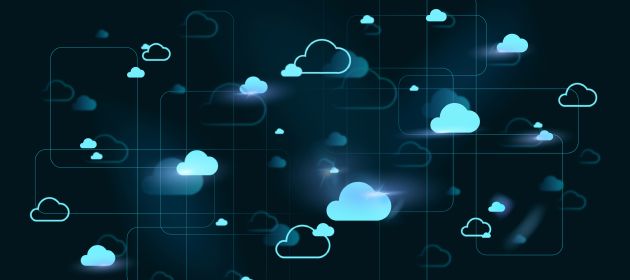Imagine that you just placed an order for a SAAS software. You receive the username and password to access the software. You head over to the app’s website, enter your credentials and log in.
Boom! You see a forest of links and buttons. You’re overwhelmed and feel like tearing your hair.
Back in the days of COTS aka onprem software, you paid the full license fee upfront. You were under pressure to get over your exasperation ASAP and figure out how to use the software pronto.
That’s not the case with SAAS. You’ve paid only one month’s subscription fees. If you’re unable to hit the ground running, you can always ditch the software by canceling the subscription at the end of the month. Called churn, this is a major risk of the SAAS business model.
To mitigate churn, among other goals, SAAS vendors set up Customer Success Organizations. As soon as customers sign up, Customer Success Executives take over their experience and enable them to rapidly onboard the software. At a later stage, CSEs are also responsible for collaborating with business users to find more uses of their software in their specific context. Unraveling enhanced usage scenarios, as we call this, is a key activity in achieving the multiplier effect, which is another critical success factor in SAAS. But I digress.
Lean Onboarding is an emerging customer success best practice. In this process that’s rapidly gaining traction in mid to large SAAS products, there’s a separate wizard for onboarding. The wizard starts with a very light version of the software, and progressively reveals additional features to the user.
At first, business users see only one key workflow (e.g. order entry) in the wizard. Once they’ve navigated that successfully, the wizard exposes more workflows (e.g. Order to Cash) progressively. Encouraged by the value derived from the first workflow, users are that much more willing to invest the time and effort to navigate the subsequent workflows.
The cadence of workflows exposed by an onboarding wizard could be driven by simple business rules or use sophisticated AI / ML algorithms. Depending on the size and complexity of its product, a SAAS vendor might use the same onboarding wizard for all customers or create a separate wizard for different customer sizes, industry verticals or both. See Introducing “Multiply UI” To Reduce Churn Caused By Software’s 95% Problem to get a good feel of this in a real life situation.
Lean Onboarding is guided by a basic consumer behavior trait:
Success breeds success. Confusion breeds frustration.
I’ve started seeing the first examples of Lean Onboarding in SAAS software like Hootsuite.
Lean onboarding is not just relevant for operational workflows. It can also help customers to accelerate testing, master data collection, end user training, satellite systems integration, and other areas of onboarding of a new SAAS.
While on the subject, we developed specifications for a lean onboarding wizard for master data capture phase of onboarding a SAAS product. By providing the familiarity and ease-of-use of Excel without actually using Excel, our wizard eliminated the cognitive dissonance of seeing Excel soon after purchasing a SAAS. Click here to read more about this success story.

